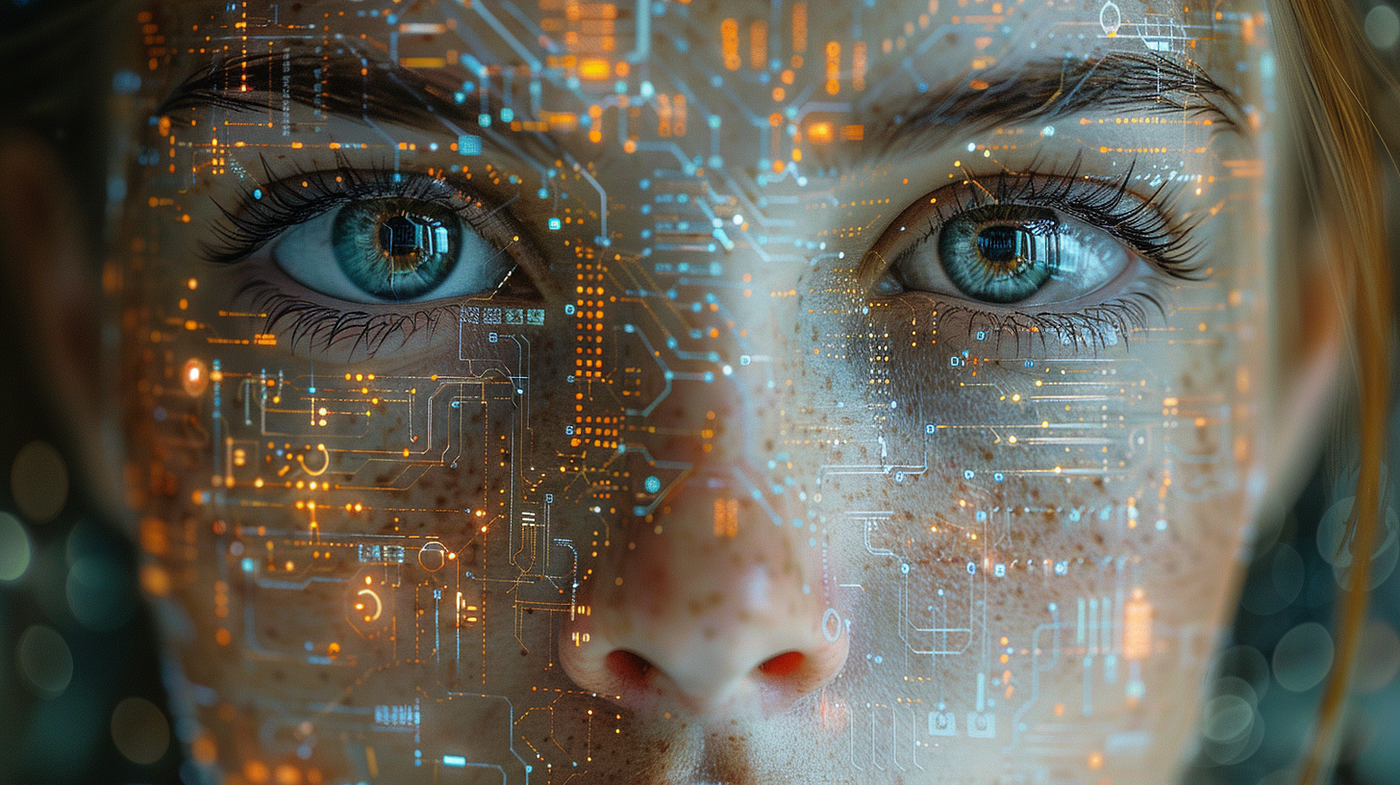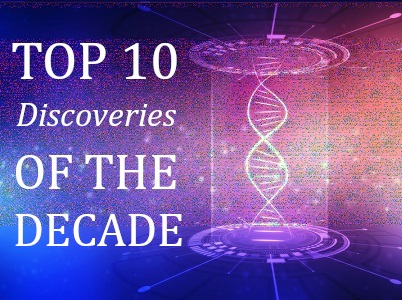Photography, once a complex art form requiring specialized equipment and technical skills, has undergone a dramatic transformation in recent years, thanks to the advent of artificial intelligence (AI). This technological revolution has not only democratized photography but has also opened up new creative possibilities and challenges for photographers and enthusiasts alike.
The Early Days of Photography
Before the digital age, photography was a meticulous process that involved chemical reactions and physical film. Photographers had to carefully consider factors like exposure, focus, and composition to capture the perfect image. The development process was time-consuming and required specialized knowledge.
The Digital Revolution
The introduction of digital photography in the late 20th century revolutionized the industry. Digital cameras replaced film cameras, making photography more accessible and affordable. The ability to instantly review and edit images on a computer screen further streamlined the process.
The Rise of AI in Photography
AI has taken photography to new heights by automating tasks, enhancing image quality, and generating creative effects. Here are some key ways AI is transforming photography:
- Image Processing and Editing: AI-powered software can automatically adjust exposure, contrast, and color balance, saving photographers time and effort. Advanced algorithms can also remove noise, sharpen images, and correct lens distortions.
- Computational Photography: AI enables innovative techniques like computational photography, which combines multiple images to create a single, high-quality image. This allows for features like HDR, noise reduction, and super-resolution.
- Style Transfer: AI can transfer the style of one image to another, creating artistic and surreal effects. This opens up new creative possibilities for photographers and artists.
- Object Detection and Recognition: AI can identify objects within an image, allowing for automatic tagging, categorization, and search. This is particularly useful for photographers who manage large image libraries.
- Image Generation: AI can generate realistic images from text descriptions, opening up new avenues for creative expression. This technology is still in its early stages, but it has the potential to revolutionize the way we create and consume visual content.
Challenges and Ethical Considerations
While AI offers numerous benefits, it also raises ethical concerns. One of the primary concerns is the potential for AI to be used to manipulate and misrepresent images. Deepfakes, for example, can create highly realistic but false images and videos.
Another challenge is the impact of AI on the role of the photographer. As AI becomes more sophisticated, there is a risk that it could replace human photographers for certain tasks. However, AI is more likely to augment human creativity rather than replace it.
The Future of Photography
The future of photography is bright, and AI will continue to play a significant role in shaping the industry. As AI technology advances, we can expect to see even more innovative and creative applications.
To stay ahead of the curve, photographers should embrace AI as a tool to enhance their skills and creativity. By understanding the capabilities of AI and using it responsibly, photographers can produce stunning images that captivate audiences and push the boundaries of the art form.
In conclusion, AI has transformed photography in countless ways, making it more accessible, efficient, and creative. While challenges and ethical considerations remain, the future of photography looks promising, with AI as a powerful ally for photographers and enthusiasts alike.
Discover more from Personal Blog of Richard Tong
Subscribe to get the latest posts sent to your email.




This app uses cutting-edge AI to remove backgrounds effortlessly. Click, and it’s done!
Take control of your website’s SEO with these powerful tools.
Funnels Forever has streamlined my online business. I’m amazed at how advanced it is. Honestly, I’ve even been able to delegate more effectively and free up my time.